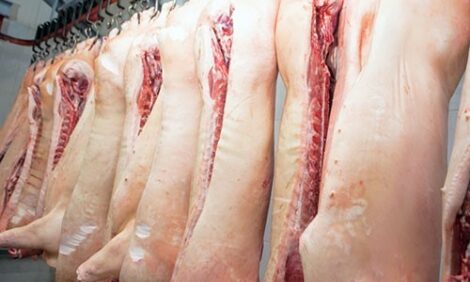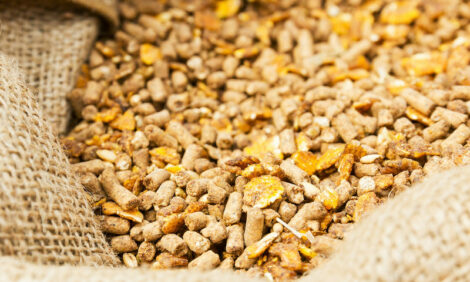



What Can Big Data Do for the Swine Industry?
ANALYSIS - Big data is a hot topic in agriculture, and it's no stranger to the swine industry. Researchers are identifying how to apply big data and modeling to improve swine health in North America.Dr. Jim Lowe, associate professor at the University of Illinois, speaks to ThePigSite's Sarah Mikesell at the North American PRRS conference.
While everybody's talking about big data, we don't always think about it being used in the swine industry, but Jim Lowe, associate professor at the University of Illinois, says it is.
"We do that all the time. We use sequences to look at PRRS; we use geo-mapping to look at PRRS," said Dr. Lowe. "We're going to talk about how do we think a little bit more like engineers and use a systems-based approach to use big data to answer the "what" question and use models to say, 'Why is it going on and how do we fix it?'"
Dr. Lowe said there are practical, on-the-ground examples of how existing big data technology can help drive swine health today.
"We are involved heavily with producers every day in our big data efforts. Boehringer Ingelheim has led that charge with their funding of the disease bioportal," he said. "They've supported area regional control projects that are perfect examples of where we apply big data to small or local problems."
The project has aggregated into the Illinois Swine Health Network, which is a group of producers and veterinary clinics to put sites across the Midwest.
"We've networked a large group of producers together to share their data to give context beyond local," he said. "It's a big data application that allows them to understand what's happening at a level they couldn't do if they were just working in their own system."
The collected data provides information back to producers and veterinarians indicating, for example, their PRRS level compared to the group. The information identifies what virus are a problem and how they are moving in specific areas.
"An area control project does that locally, and we're trying to do it across five or six states," he said.
One of the the goals is to know what diseases are an issue in a particular areas or state and then how are surrounding states impacted as a result.
"The network is impacting producers. We don't tend to think of this big data, but it is big data," he said. "We use these tools everyday and let's continue to think about how to leverage these technologies to make our jobs better."
Dr. Lowe was a presenter at the North American PRRS Symposium, sponsored by Boehringer Ingelheim.










